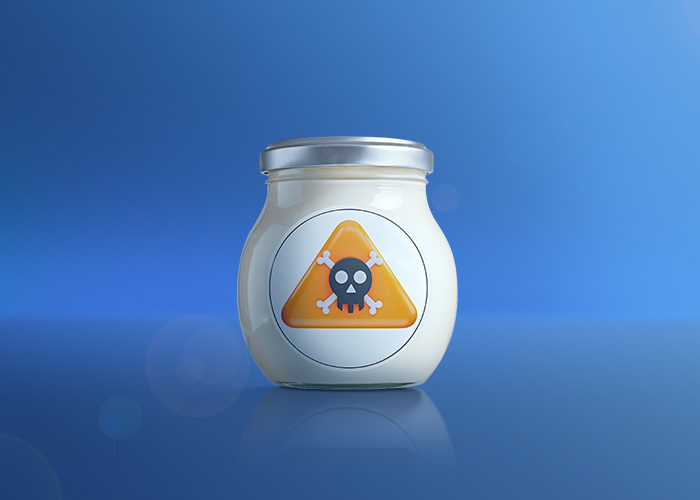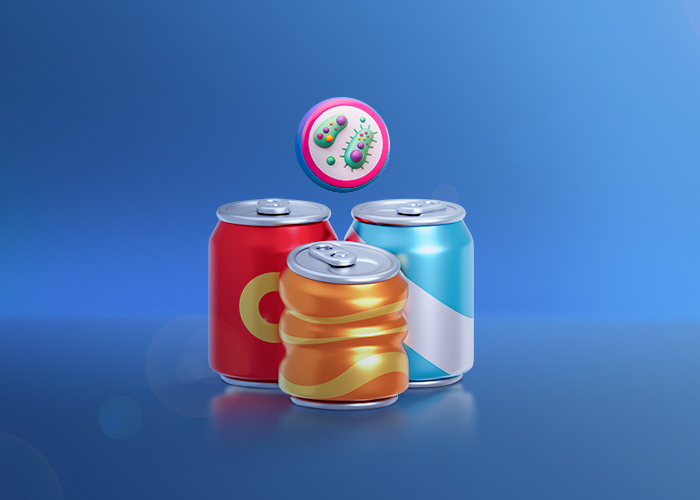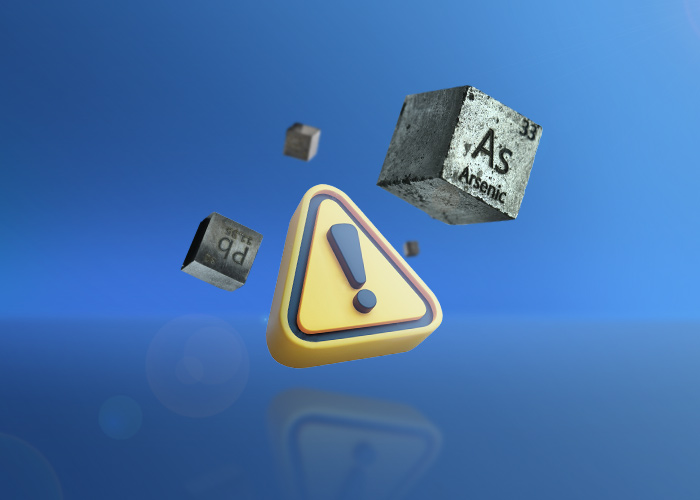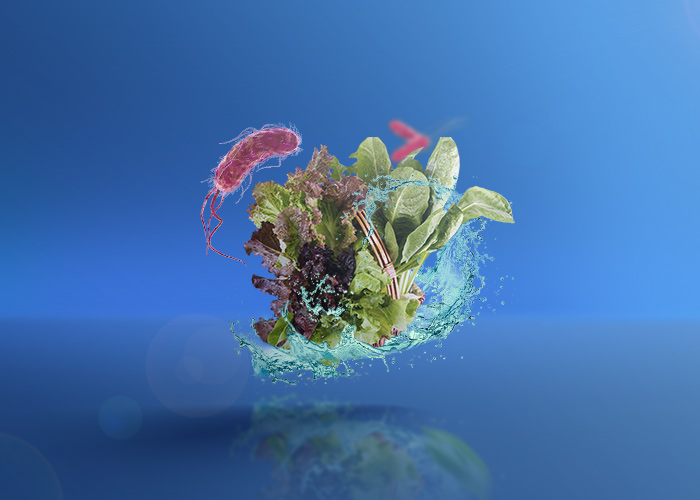Measurement of pesticide residues in Marjaan Khatam laboratory
After the application of agricultural pesticides to protect plants from pests and diseases or weeds, some residues remain in different parts of the end product.
Since humans finally will consume these products, the amount of such residues must be controlled. If the residual level of agricultural pesticides is higher than the set maximum residue level (MRL) limits, the consumption of these products poses risks to the health of consumers.
Therefore, the measurement of pesticide residues in agricultural food is very important. Pesticide residue measurement methods have been developed and validated based on the permissible limits set in national and international standards so that they can meet the needs of all the company's customers in relation to the control of products for domestic, export and import purposes.
In order to measure pesticide residues in all kinds of food, the QuEChERS method is used to extract and remove other unwanted compounds.
QuEChERS method is a quick, easy, efficient, reliable and safe extraction method to determine the amount of pesticide residues in agricultural products.
Using the QuEChERS method, samples are first ground and then extracted and purified using QuEChERS kits to prepare for injection into GC/MS or LC/MS devices.
Marjaan Khatam company utilizes two advanced techniques of gas chromatography-mass spectrometry including GC-MS and GC-MS/MS devices, and liquid chromatography-mass spectrometry method including LC-MS/MS devices for detection and measurement of even slight amounts of pesticides existing in foods.
These methods are widely used due to their high accuracy and high sensitivity in detecting small amounts of pesticides. The presence of the above devices in the company's laboratories has made it possible to measure more than 300 types of pesticides in all kinds of food, covering the needs of most exporting customers.
The list of pesticide that can be measured in Marjaan Khatam's laboratory based on the products and devices is given below:
Fruits and vegetables pesticides
Cereals pesticides
Dried fruit pesticides
Pistachio pesticides
Saffron pesticides
Oil pesticides
Tea pesticides
Rose pesticides
What do we mean by the Maximum Residue Level (MRL)?
The meaning of Maximum Residue Level (MRL) in agricultural poisons is the maximum allowable residual amount of poisons in agricultural products, which is determined by regulatory organizations.
The purpose of determining the MRL is to ensure that the consumption of food products containing this residual amount of toxins does not pose a risk to the health of consumers.
If the residual amount of pesticides in an agricultural product is higher than the MRL, it should be prevented from entering the market.
The maximum allowable residual amount of MRL toxins based on the list of toxins and the list of products in Iran and the European Union is available in the following links:
Iran: http://mrl.iripp.ir
European Union: https://eur-lex.europa.eu/legal-content/EN/TXT/?uri=CELEX%3A02005R0396-20240511
It should be noted that exporters must consider the laws and requirements of the destination country before sending the export cargo.
Therefore, in order to ensure the permissible limit of residual agricultural toxins in food products, such products should be checked in reliable laboratories of the food industry at high detection scales according to the European standards before they can be exported. This would protect the exporters against the problems arising from food related regulations in the destination country.
The risk of consuming food contaminated with agricultural toxins residues for humans
According a report by Iran's Plant Protection Organization, exposure to chemical toxins through food, especially fruits and vegetables, is five times greater than other ways such as breathing and drinking water.
The harms of chemical poisons are numerous and long-term exposure even with small amounts of residual poisons in food would cause various types of cancer, such as breast, stomach, prostate, etc., heart and respiratory diseases, reproductive and nervous system disorders such as Alzheimer's and Parkinson.
Children, pregnant women, and the elderly are more sensitive to toxic residues.
If a pregnant mother is exposed to toxic residues, her child may be more susceptible to cancerous brain tumors, leukemia, and malignant kidney tumors (Willms).
The risk of food contaminated with toxic residues for children
The risk of absorption of residual toxins in children's food is more serious due to their low body weight and the consumption of more food and drinks by them during the day than adults.
In addition, the excretory and detoxification systems of children's bodies are growing and do not have the ability to completely eliminate the remaining toxins in food.
Also, pesticide residues in food may prevent the absorption of nutrients from the child's food and threaten the child's health.
It should be noticed that most of the time, consumption of food contaminated with toxic residues shows its destructive effects in the long term and causes damage to the brain and immune system.
And finally, due to the serious risks of consuming food contaminated with agricultural pesticide residues, accurate measurement of toxins in food products is of utmost importance.
Residue of toxins in food not only endangers public health, but also has extensive negative effects on the economy.
Countries producing food contaminated with toxic residues may face trade restrictions and export bans from other countries.
This can lead to a decrease in export income.






comment